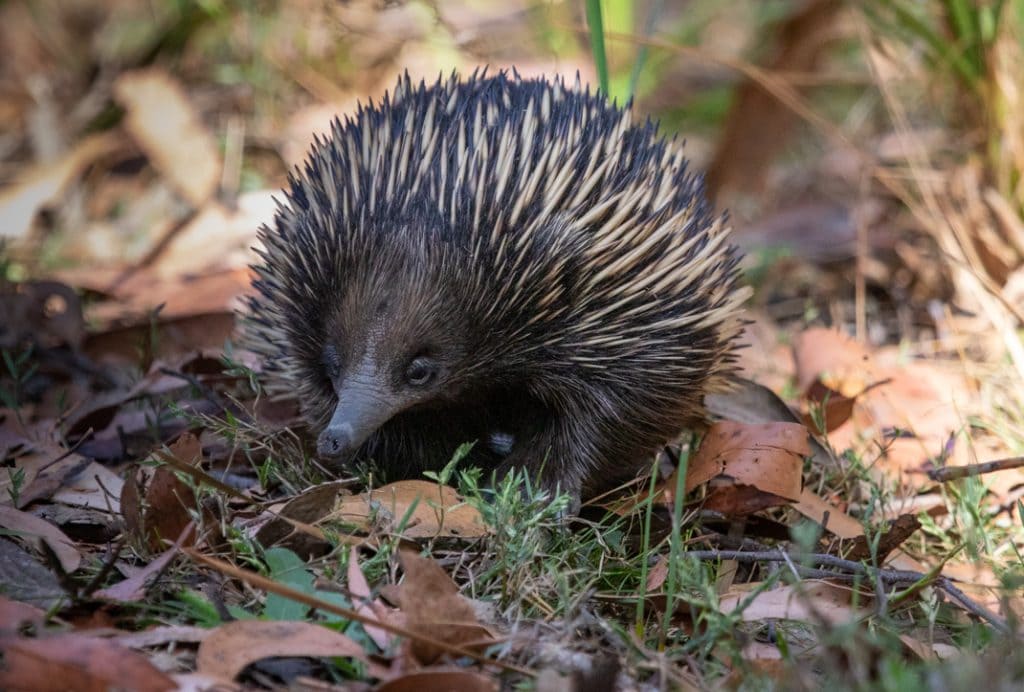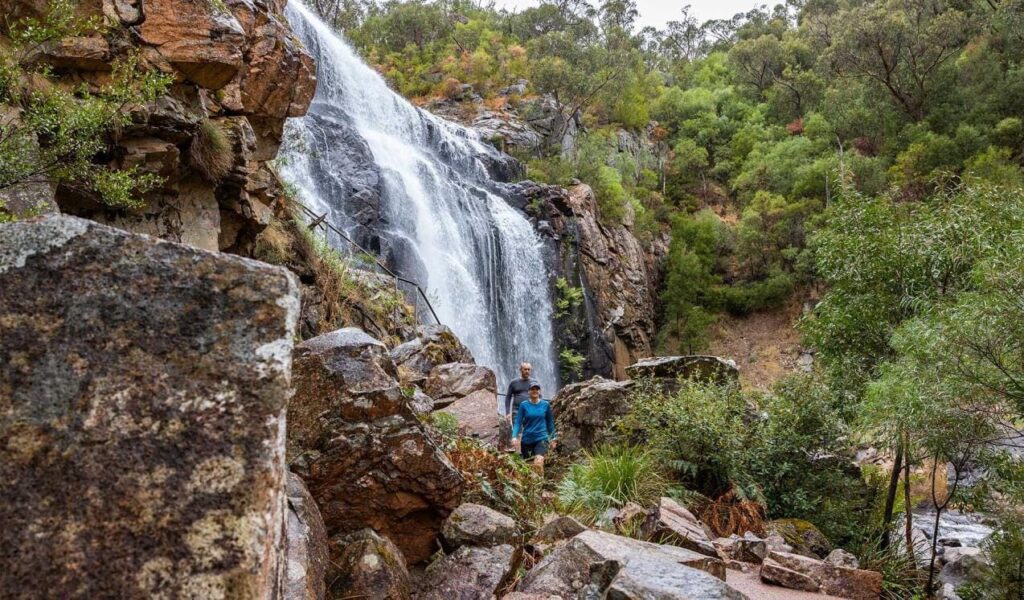The Grampians National Park, located in Victoria, Australia, is a natural treasure trove home to diverse flora and fauna that captivates nature lovers and adventure seekers alike. This breathtaking expanse not only features majestic mountain ranges and picturesque valleys but also harbors unique plant and animal species. In this article, we will delve deeper into the various ecosystems that exist within the park and highlight the significance of its native species, making it a crucial habitat for biodiversity.

The Unique Ecosystems of Grampians National Park
The Grampians National Park encompasses a variety of ecosystems ranging from eucalyptus forests to grasslands and wetlands. These different habitats foster a rich array of plant and animal life, contributing to the park’s ecological significance. The diverse topography ensures that various microhabitats exist, which support unique species not found in other regions. For instance, the rocky outcrops shelter specific flora like the Grampians gum and the endemic Grampians daisy. Along the park’s myriad trails, visitors can spot rare occurrences like the lush fern gullies that thrive with moisture from seasonal rains.
Moreover, each ecosystem plays a vital role in maintaining the balance of the park’s biodiversity. The combination of dry woodlands and wet flats creates microclimates that sustain both native plants and animals, attracting many migratory birds and endemic species. The preservation of these ecosystems is crucial not only for the species that inhabit them but also for maintaining the ecological integrity of the area. Hence, those exploring the park will appreciate the interactions between these systems and their inhabitants, providing a holistic view of nature in action.

Flora: The Diverse Plant Life
The flora of Grampians National Park is remarkably diverse, with over 1,000 plant species recorded within its boundaries. Dominant among them are eucalyptus trees, which form the backbone of the park’s woodlands. These hardy trees are adept at surviving the harsh Australian climate and provide food and shelter for various wildlife. The understorey is equally fascinating, with shrubs like the Grevillea and Banksia adding vibrant color and attracting local birds. Unique species such as the Grampians Poison – a critically endangered plant – underscore the park’s rarity.
- Eucalyptus trees – Dominant species providing habitat and food.
- Grampians Gum – An iconic tree endemic to the region.
- Grevillea – Colorful shrubs that attract various pollinators.
- Grampians Daisy – A rare flower unique to this park.
Additionally, wildflowers bloom in the spring, creating a spectacular display of colors and fragrances that enchants visitors. The park’s diverse habitats support various flowering species that are critical for pollinators such as bees and butterflies. Each bloom plays a role in the local ecosystem, helping maintain the balance between flora and fauna. This relationship also highlights the significance of protecting natural spaces like Grampians National Park as a reservoir of native plant life that fosters biodiversity and resilience against climate change.

Fauna: The Animal Kingdom
The fauna of the Grampians National Park is just as diverse and intriguing as its flora. The park is home to over 40 mammal species, 200 bird species, and numerous reptiles, amphibians, and invertebrates. Eastern grey kangaroos can often be seen grazing during daylight in the open grassy areas, while the elusive emus roam the park as well. Birdwatching is immensely popular here, as the park is a haven for various native birds, including the iconic lyrebird and wedge-tailed eagle. The rich wildlife signifies a delicate balance between species, food chains, and ecosystems.
Among the reptiles, visitors might encounter stunning species like the Eastern blue-tongue lizard and various snake breeds. Amphibians like the southern brown tree frog thrive in moist environments within the park, showcasing the importance of wetlands. In addition to the visible species, countless insects and microscopic wildlife play essential roles in pollination and decomposition, critical for healthy ecosystems. The fauna of the Grampians National Park, along with its habitats, emphasizes the remarkable interconnectedness of life where every species contributes to the larger ecological system.

Conservation Efforts: Protecting Biodiversity
Grampians National Park has faced environmental pressures from climate change, introduced species, and human activity. To combat these issues, various conservation efforts have been initiated, focusing on habitat restoration, monitoring populations, and educating the community. Local organizations are actively engaging with the public to raise awareness about native species and the importance of preserving biodiversity. Restoration projects involve removing invasive species and replanting native flora to create a balanced ecosystem that can support local wildlife.
Park rangers also play an integral role in researching and monitoring wildlife populations, assessing the health of ecosystems, and implementing protective measures against threats. Collaborative efforts with Aboriginal communities are vital, as Indigenous knowledge contributes significantly to understanding the land’s needs and restoring traditional practices to nurture the environment. Through these concerted efforts, Grampians National Park aims not only to protect its unique wildlife and plant species but to educate future generations on the importance of conservation.
Conclusion
In summary, Grampians National Park is a vibrant hub for diverse flora and fauna, making it a vital sanctuary for Australia’s native wildlife. The park’s unique ecosystems provide a habitat for myriad species, and the ongoing conservation efforts ensure these natural wonders will be preserved for future generations. By exploring the trails and appreciating the intricate relationships within nature, visitors can foster a deeper connection to this rich environment. Thus, Grampians National Park stands not only as a place of beauty but also as a testament to the importance of biodiversity and conservation in our world.
Frequently Asked Questions (FAQs)
You can encounter over 40 mammal species, 200 bird species, and numerous reptiles and amphibians, including kangaroos, emus, and various birds like the lyrebird.
2. When is the best time to visit to see wildflowers?
The best time to view the stunning wildflowers is during the spring months, particularly from September to November when they are in full bloom.
3. Are there any endangered species in the park?
Yes, the Grampians Poison and several animal species, including certain birds and reptiles, are recognized as endangered and are part of ongoing conservation projects.
4. How can I support conservation efforts in Grampians National Park?
You can support these efforts by following park guidelines, participating in community programs, and educating others about the importance of conservation and biodiversity.
5. Are there guided tours available in the park?
Yes, there are various guided tours available, focusing on different aspects like wildlife spotting, plant identification, and Aboriginal heritage, providing a richer experience for visitors.



